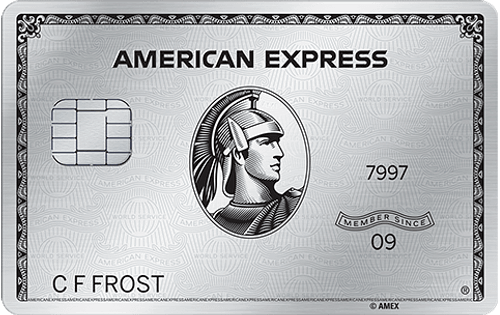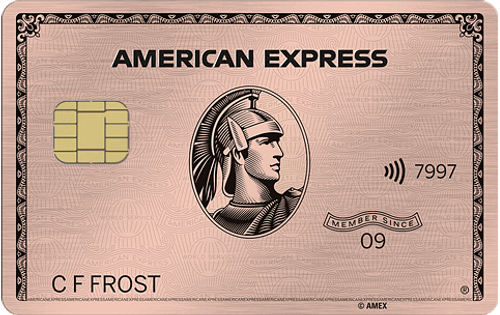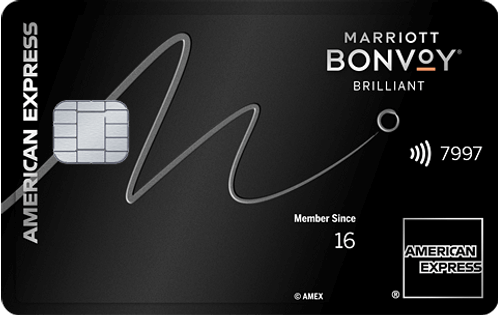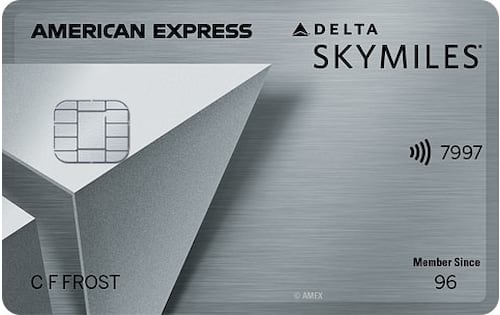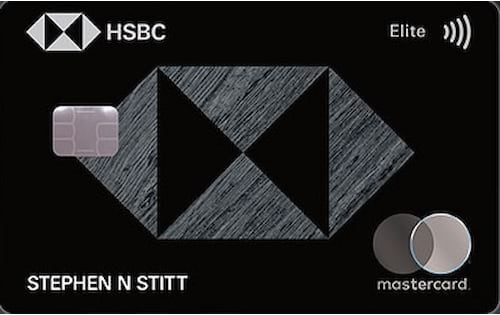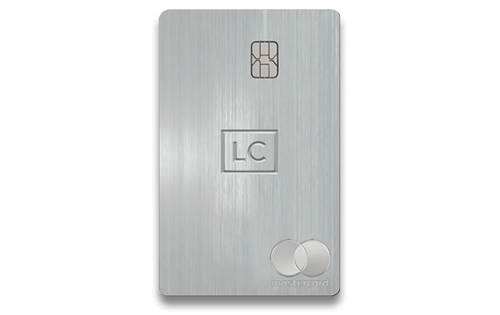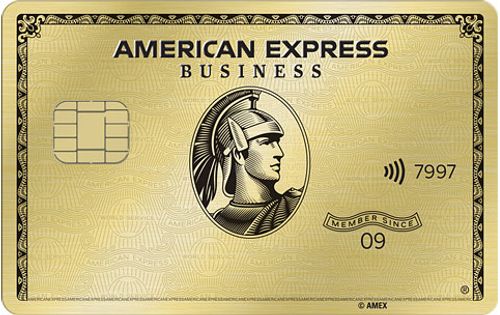- Best metal credit cards compared
- Key things to know about metal credit cards
- Methodology
- Sources
- About the author
- Metal Credit Card FAQ
- Expert opinions
Best Metal Credit Cards Compared
| Credit Card | Best For | Annual Fee | Material* | Weight* |
| American Express Platinum Card® | Overall | $895 | Stainless steel | 18.5 grams |
| Mastercard® Titanium Card | Heavy Card | $299 | Stainless steel/carbon | 22 grams |
| Capital One Venture X Rewards Credit Card (see Rates & Fees) | Lounge Access | $395 | Stainless steel | 17 grams |
| Chase Sapphire Preferred® Card | Initial Bonus | $95 | A proprietary mix of metal | 13 grams |
| Chase Sapphire Reserve® | Annual Travel Credit | $795 | A proprietary mix of metal | 18 grams |
All of these cards require at least good credit for approval, and only excellent credit will do for a handful of them. So you should check your latest credit score for free on WalletHub before you apply for one of the best metal credit card offers.
To help you decide which group you’re in, we’ll highlight a handful of factors often discussed in relation to metal credit cards below.
Key Things to Know About Metal Credit Cards
- Metal Credit Card Requirements
- Purpose of Metal Credit Cards
- Metal Credit Card Annual Fee
- Metal Credit Card Thickness
- Metal Credit Card Advantages
- How to Destroy a Metal Credit Card
- Metal Credit Card Cost
-
Metal Credit Card Requirements
Most metal credit cards require good credit or better for approval. That means applicants with a credit score of 700 or higher should have a good chance or getting approved for a metal card. However, some of the most elite, prestigious metal credit card offers are reserved for people with excellent credit – a credit score of 750+.
Very few metal credit cards have approval requirements that are out of the ordinary compared to the best credit cards on the market. There are some notable exceptions, though, including the invite-only American Express Centurion Card, which is made of metal and more commonly called the Amex Black Card.
-
Purpose of Metal Credit Cards
The main purpose of a metal credit card is to make you look and feel cool. The fact that your credit card is made of metal will not earn you more rewards, reduce the card’s annual fee, or save you money on interest. It might make you seem more successful, though, at least until metal credit cards become more of the norm than the exception.
-
Metal Credit Card Annual Fee
Metal credit cards have annual fees ranging from $0 to $500 or more, depending on the card. That means you don’t have to be rich to get a credit card made of metal, as long as you choose wisely.
-
Metal Credit Card Thickness
Metal credit cards are heavier than plastic credit cards, but all credit cards have the same thickness. Both plastic and metal credit cards are 0.76 millimeters thick, in accordance with international standards. If some credit cards were thicker than others, it would cause problems with transactions where you have to swipe or insert the card in a reader.
The heaviest metal credit cards weigh 2-6 times as much as a standard plastic credit card. Two of the heaviest metal cards that may give the impression of being thicker than usual are the Chase Sapphire Reserve® and American Express Platinum Card®.
-
Metal Credit Card Advantages
Metal credit cards have at least one small advantage over plastic credit cards: Metal cards are more durable. They’re less likely to break or get scuffed up to the point they no longer work. Other than that, the main advantage of a metal card is that it’s a status symbol.
There are some minor disadvantages to using a metal credit card, too. For example, you can’t just cut up a metal card when you want to dispose of it. You’ll likely have to return the card to the issuer. In addition, you can’t customize a metal credit card with a photo of your choice, as some plastic cards allow you to do.
-
How to Destroy a Metal Credit Card
Do not attempt to destroy metal credit cards. Instead, the issuer will provide an envelope in which you can return the metal card for safe disposal.
-
Metal Credit Card Cost
Some metal credit cards cost a lot – thanks not only to high membership fees and interest rates, but also to pricey spending requirements that potential applicants must meet to even become eligible in the first place. However, other metal credit cards don’t have to cost you a thing. Either type could be worth having, too. You just need to make sure you’ll get your money’s worth based on the rewards, benefits and competing offers.
Methodology for Selecting the Best Metal Credit Cards
 To identify the best metal credit cards, WalletHub’s editors regularly compare more than 1,500 credit card offers, including any new entrants to the market. Given that metal credit cards are much less common than plastic credit cards, simply excluding cards made from non-metal materials reduces the pool of relevant offers considerably. After narrowing the field down to only metal cards, we calculate how much each card is likely to cost/save the average person over two years of use. We then select the best metal credit cards – both overall and in several popular categories – based on expected two-year value and other WalletHub Rating components.
To identify the best metal credit cards, WalletHub’s editors regularly compare more than 1,500 credit card offers, including any new entrants to the market. Given that metal credit cards are much less common than plastic credit cards, simply excluding cards made from non-metal materials reduces the pool of relevant offers considerably. After narrowing the field down to only metal cards, we calculate how much each card is likely to cost/save the average person over two years of use. We then select the best metal credit cards – both overall and in several popular categories – based on expected two-year value and other WalletHub Rating components.How Two-Year Cost Is Calculated
Two-year cost is used to approximate the monetary value of cards for better comparison and is calculated by combining annual and monthly membership fees over two years, adding any one-time fees or other fees (like balance transfer fees), adding any interest costs, and subtracting rewards. Negative amounts indicate savings. When fees or other terms are presented as a range, we use the midpoint for scoring purposes.
Rewards bonuses and credits have been taken into account for two-year cost calculations. However, bonuses applicable to only a very small portion of cardholders are not considered. For example, credits and bonuses awarded for spending or redeeming rewards through a company portal with non-co-branded cards have not been taken into account. Similarly, bonuses and credits related to spending with specific merchants using a non-co-branded card have not been taken into account (for example, if Card A offers credits with DoorDash, this feature would not be factored into calculations because it is hard to assess how many cardholders would use the benefit or exactly how much value they'd get from it).
Cardholder Spending Profiles
Given that different users have different goals and are likely to use their credit cards differently, we identified spending profiles that are representative of different users’ financial priorities and behaviors. For each cardholder type, we have assumed a specific amount of monthly spending by purchase type (e.g., groceries, gas, etc.), as well as an average balance, balance transfer amount, amount spent on large purchases and average monthly payment. Spending assumptions are based on Bureau of Labor Statistics data for consumers and PEX data for businesses.
Sources
WalletHub actively maintains a database of 1,500+ credit card offers, from which we select the best metal credit cards for different applicants as well as derive market-wide takeaways and trends. The underlying data is compiled from credit card company websites or provided directly by the credit card issuers. We also leverage data from the Bureau of Labor Statistics to develop cardholder profiles, used to estimate cards’ potential savings.
